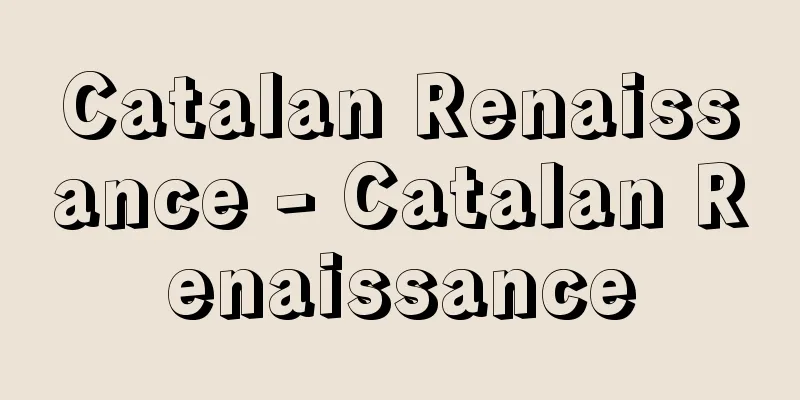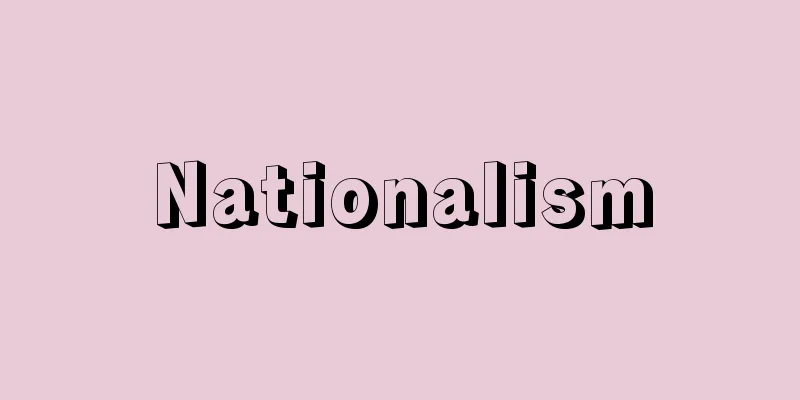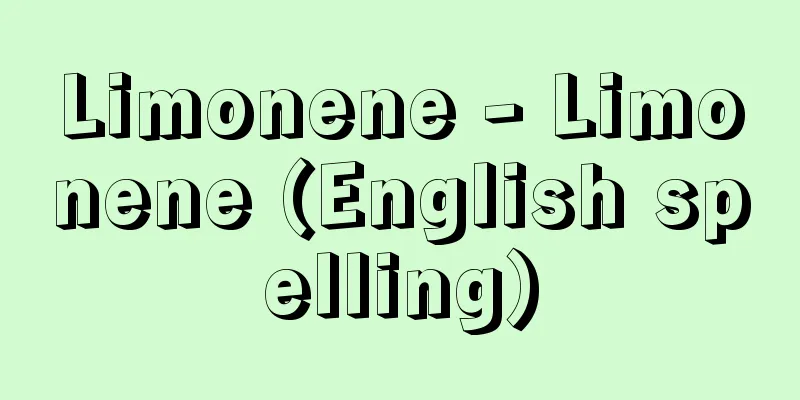Catalan Renaissance - Catalan Renaissance

|
... 19th century Catalonia was also full of energy in the cultural aspect. The Catalan cultural revival movement that began with Aribau's "Hymne à patria" (1833) blossomed into the "Catalan Renaissance" at the end of the 19th century, producing such figures as the poet Maragall, the thinker Horus, the musician Albéniz, and the architect Gaudi. In contrast to the generally pessimistic Castilian intellectuals who had lost their colonies, a legacy of the Spanish Empire, in the defeat of the Spanish-American War (1898), Catalonia was filled with an optimistic atmosphere about the future. From Barcelona ...There is also the Picasso Museum and the Miro Museum. *Some of the terminology that refers to the "Catalan Renaissance" is listed below. Source | Heibonsha World Encyclopedia 2nd Edition | Information |
|
… 文化面でも19世紀カタルニャは活気に満たされていた。アリバウの〈祖国への賛歌〉(1833)を端緒としたカタルニャ文化の再興運動は,19世紀末に〈カタルニャ・ルネサンス〉として開花し,詩人マラガル,思想家オルス,音楽家アルベニス,建築家のガウディらが輩出した。スペイン帝国の遺産である植民地を米西戦争の敗北(1898)により失い,総じて悲観的なカスティリャ知識人とは対照的に,カタルニャでは未来に対して楽観的な雰囲気が漂っていたと言える。… 【バルセロナ】より…ピカソ美術館,ミロ美術館もある。【五十嵐 ミドリ】 ※「カタルニャ・ルネサンス」について言及している用語解説の一部を掲載しています。 出典|株式会社平凡社世界大百科事典 第2版について | 情報 |
<<: Qadariyah - Qadari is (English spelling)
Recommend
Weather - atmospheric phenomena
A general term for atmospheric phenomena such as ...
Ie Nao, Lord of Iizasayama Castle
…There are various theories about his birth year....
《Malaya Sovetskaya Entsiklopediya》 (English notation) Malaya Sovetskaya Entsiklopediya
...Macmillan published the English version of the...
Acute generalized purulent peritonitis - generalized purulent peritonitis
…Peritonitis is classified into acute and chronic...
Tochikagami - Tochikagami
A floating perennial plant of the family Hormonac...
Godavari [River] - Godavari
A river in the central Deccan Plateau in India. It...
Bonney, WH (English spelling) BonneyWH
…an outlaw in the American West who is said to ha...
Ibn Bājja
?‐1139 A philosopher in the Western Islamic world....
Maratha War - Maratha War
This war was fought three times between 1775 and 1...
Suttungr
…They killed him and mixed his blood with honey t...
Email de basse-taille (English)
...Another popular technique in Europe is enamel ...
Association of Tennis Professionals
...As a result, many of the new tournaments were ...
Administrative regulations - Gyoseikitei
…Under the current Japanese constitution, the Die...
Protocol - Giteisho (English spelling) protocol
A formal agreement between nations. It is general...
Saburo Kawamura
…As Japan's invasion of China expanded, overs...





![Nagoya [city] - Nagoya](/upload/images/67cc6596a5b66.webp)



